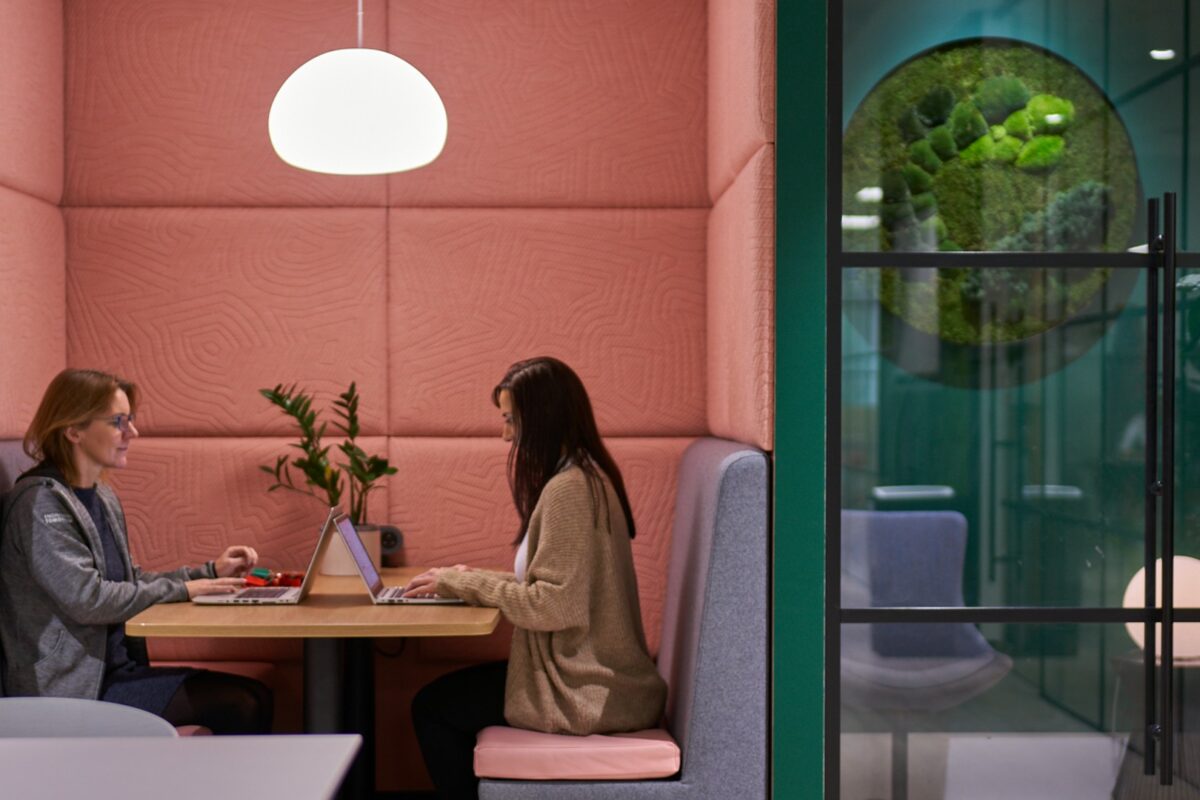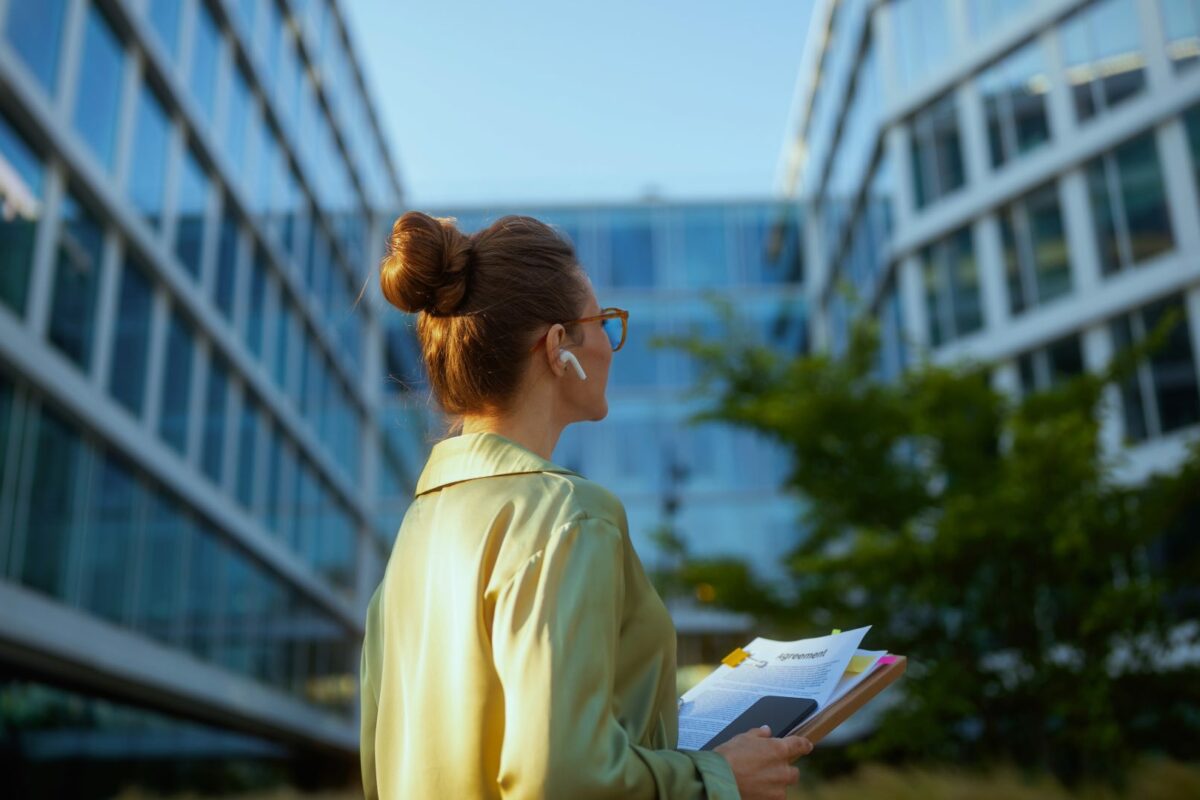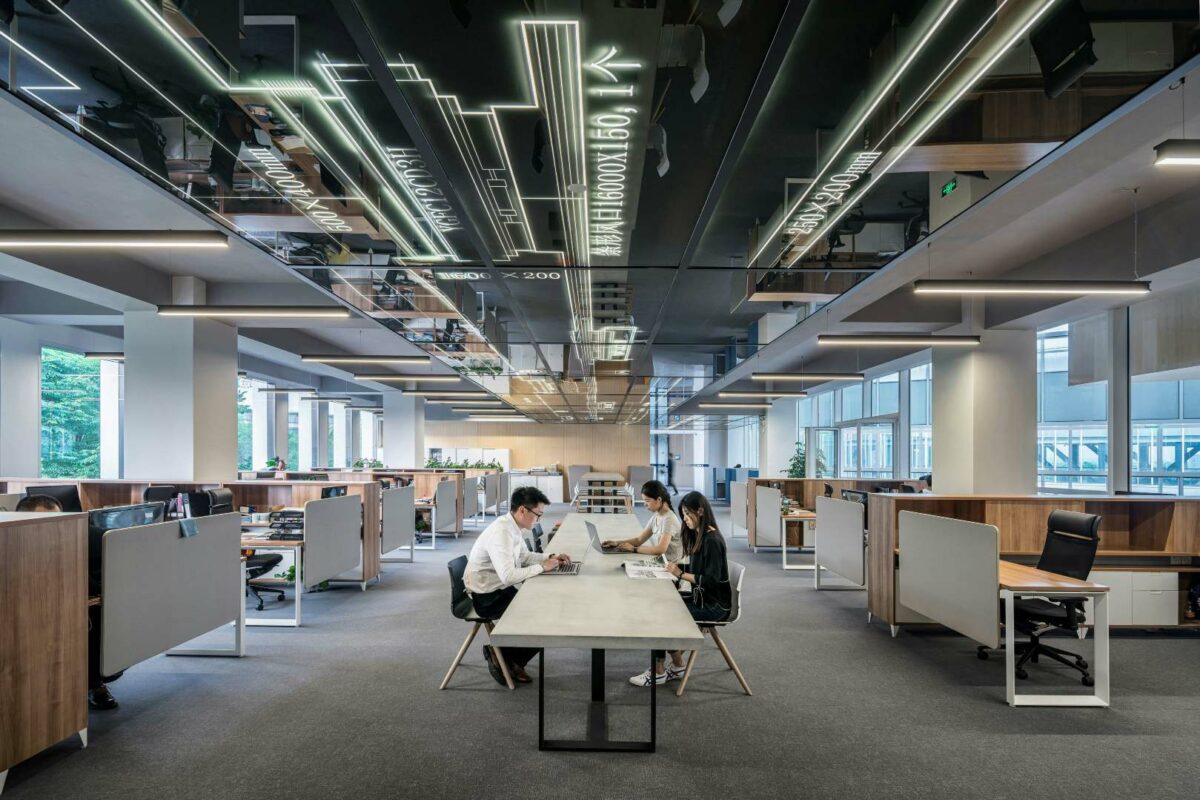As lockdown restrictions slowly begin to ease and the vaccination programme steams ahead, we can finally see a glimmer of light at the end of a long tunnel. But what does the future hold for those of us who are remote working? To what extent will it persist, and how will our workspaces change?
Inevitably, it is a hotly-debated subject. The pandemic has triggered an unprecedented social experiment around home working, sparking strong and diverse reactions.
Goldman Sachs boss David Solomon recently labelled it an “aberration that we’re going to correct as quickly as possible.” On the flipside, Twitter has said staff would have the option to work from home permanently, while HSBC has announced a 40% cut in its office footprint as part of a push towards more homeworking beyond lockdown.
Nicholas Bloom, a professor of economics at Stanford University, believes that for many this represents the start of a long-term shift. Hailed for his research on remote work and best management practices, he suggests that post pandemic, those that can work from home will be doing so around one day a week – that’s quadruple what it was before COVID.
“Firms are predicting that they’ll have roughly 20% of their person working days at home and 80% on business premises,” he told The Economist’s Innovation@Work Virtual Week. “Teams will all come in on the same day – those are the days you have your meetings, presentations, client events and training. It needs to be organised, so people can work their home lives around it – you don’t want what we call a mixed mode, where some people are in the office and some are at home.”
Diminishing stigma
In 2020, Bloom examined the “massive experiment” in remote working caused by the pandemic[i]. Based on 15,000 survey responses from working age Americans, he and his co-researchers believe that working from home will “stick” for five reasons.
“The stigma around working from home has diminished,” he said. “Its reputation has dramatically improved because everyone is working from home, including CEO’s, execs – people everyone aspires to. It’s also exceeded expectations. The majority of people and firms say it’s turned out better than expected.”
Bloom added that many of us are now heavily invested in our home offices, whether that’s through tech, decorating our spaces or buying a new desk. “Firms have spent a huge amount on computer equipment,” he explained. “There has been a huge investment in making working from home work. The technology to work from home is also going to get so much better.”
Emotional fallout
Finally, there is the emotional fallout from COVID. “There is very clear residual fear of proximity to others,” explained Bloom, whose research suggested that around 70% of people were wary of returning to some pre-COVID activities once there was a vaccine.
“People are nervous and worried. Most report they don’t want to get into the subway or crowded elevators, and this is a major issue. If you want to bring people back to the office at the same level of density as you had before COVID, you’re almost certainly going to have some group of employees concerned, nervous and upset. After 9/11 it took three years for air travel to return to its pre 9/11 level. People definitely remember, and the pandemic has been mentally scarring.”
Psychologist Deborah Wilder agrees. She is the head of research and strategy at workplace design experts, Interaction, and she believes that amongst the immediate aftereffects of COVID, we’ll see a “mild PTSD.”
“There is a group of people who are genuinely fearful about going into public spaces,” she tells Work in Mind. “People are already naturally cautious of proximity in the western world and this is going to exacerbate that. We’ve got a long way to go in terms of mental health.”
The need for space
The upshot, says Deborah, is that those who are returning to the office will need the reassurance of more spacious spaces. She explains, “Density in offices had been rapidly increasing over the last ten years – in 2012 offices had 12 square metres per person, but by 2019 that had reduced to six square metres per person. People were being crammed in, with desk sizes getting smaller.
“Now though, we’re predicting a reversal – we’ll see lower density workplaces, bigger desks, more space between desks and wider corridors. These are all things that will allow people to feel that they can distance from others, and that they’re not being crammed in. Due to the heightened levels of anxiety, we’ll be introducing a lot more quiet, calm and private spaces for refuge too. Design can reassure people.”
A shift in emphasis
Of course, the shift towards part time working from home will also change the way we use our offices. While we’ll undoubtedly crave low density spaces where we can seek refuge, there will also be a renewed emphasis on collaboration. As Bloom says, when the pandemic permits, they’ll become a focus for meetings, presentations, training and team-work. And design will both support and reflect this.
Architect Enrique Soler is head of design at national fit out and refurbishment specialist, Willmott Dixon Interiors. He tells Work in Mind that this is an opportunity to reassess what we want from our workspaces and accelerate progress.
“Working from home has proven that although we have a high level of efficiency, we miss that level of interaction,” he says. “So now we have a chance to rebuild the office as a place for social interaction and generating ideas. It used to be a place where people arrived at 9am and looked at a screen for a number of hours. But now, we know we can do those focused activities from home. We know the tasks we can on our own and we can build the other spaces that we need in our post-COVID offices. COVID-19 took it all apart but now we have the chance to put it back together again.
“Before we even knew about COVID-19, office design trends were about activity-based workspaces. They’re based on the idea that you might need some level of seating in an acoustic environment or a collaboration area, but you don’t need to be sitting at your desk all of the time. Whilst that was already happening it has been given a massive push by the pandemic.”
An improved aesthetic
Of course, anxiety aside, office owners are going to have to work hard on aesthetics to entice back employees. Last year, spaceOS boss Meciej Markowski famously dubbed the typical office “horrible,” and there are many workers who would actively prefer to stay in the comfort of their own home. In fact, Bloom’s research reveals that a couple of days from home is perceived as a valuable benefit.
“Employees see working from home as a major perk,” he said. “The average is about 8% of salary. This is a big deal – employees really like this, and you can offer it as a valuable perk.”
Claire Stant, creative director at workplace design firm Office Principles, adds that our experience of working from home will shape the look and feel of the office.
She tells work in Mind, “There is a growing trend towards design that considers safety, health and wellbeing and that’s largely influenced by people’s experiences of working from home. Lots of people have worked long hours on bench seats or with a laptop on the sofa and we’re seeing a rise in muscular skeletal issues as a result; our workplaces are being ergonomically designed to address this and to counter burnout. We’re also all hungering for a variety of texture, colour and planting that many of us have missed while locked in our boxes.
“Workplaces will not only consider our health, but will place a large demand on inclusivity and diversity – spaces truly designed for everybody with a caring community ethos. As COVID continues to dominate the news agenda, these factors are almost in the shadows right now but they combine to create a wonderful concept for the future: wellness-oriented community workplaces.”
Nicholas Bloom was talking at the Economist’s Innovation@Work Virtual Week. For more information on the Innovation@Work series, click here.
[i] Barrero, Jose Maria and Bloom, Nicholas and Davis, Steven J., Why Working From Home Will Stick (December 1, 2020). University of Chicago, Becker Friedman Institute for Economics Working Paper No. 2020-174, Available at SSRN: https://ssrn.com/abstract=3741644 or http://dx.doi.org/10.2139/ssrn.3741644
Sophie Barton
Sophie Barton is our Features Editor. She a journalist and editor with 20 years’ experience in the national media, specialising in wellbeing and lifestyle.




